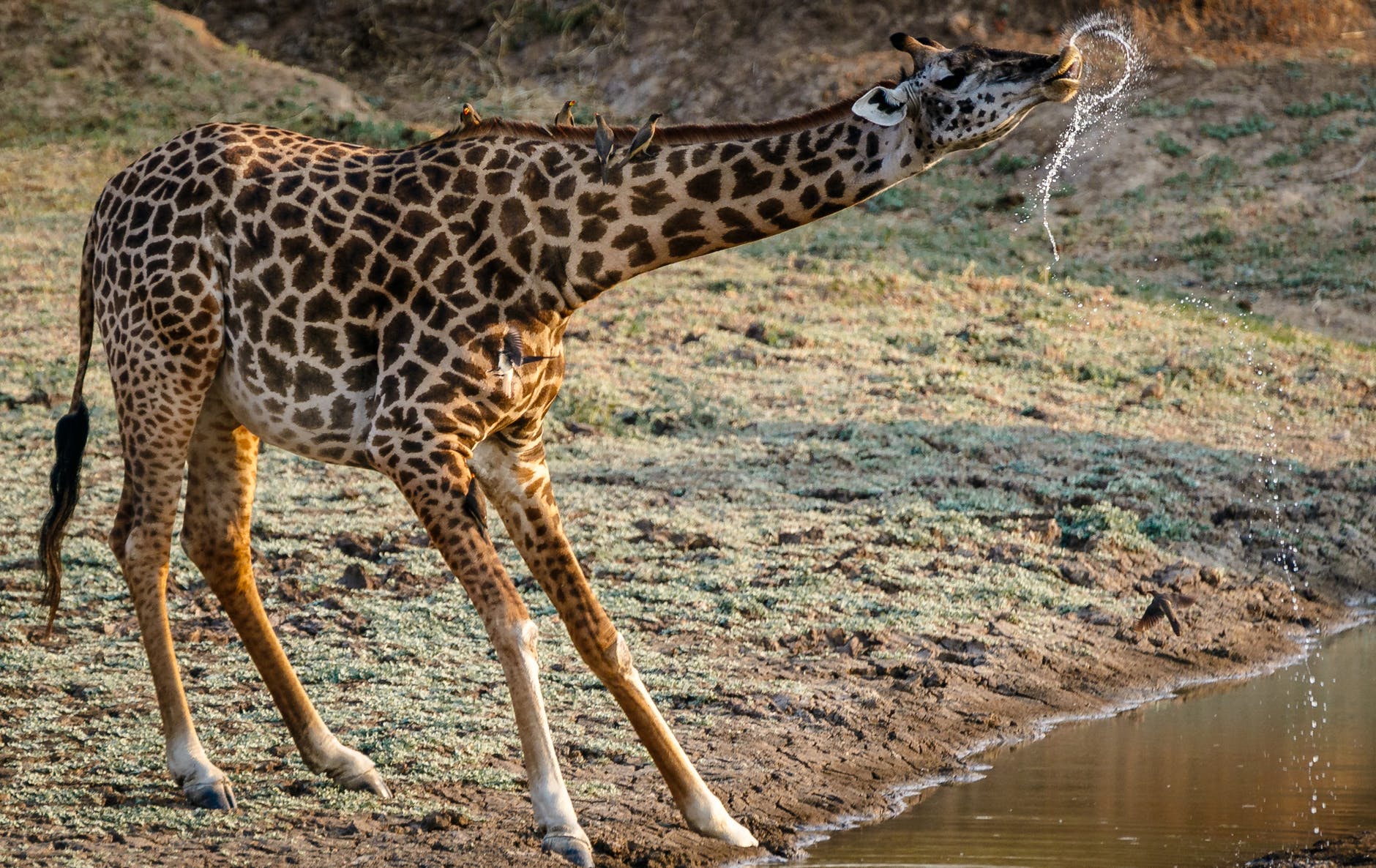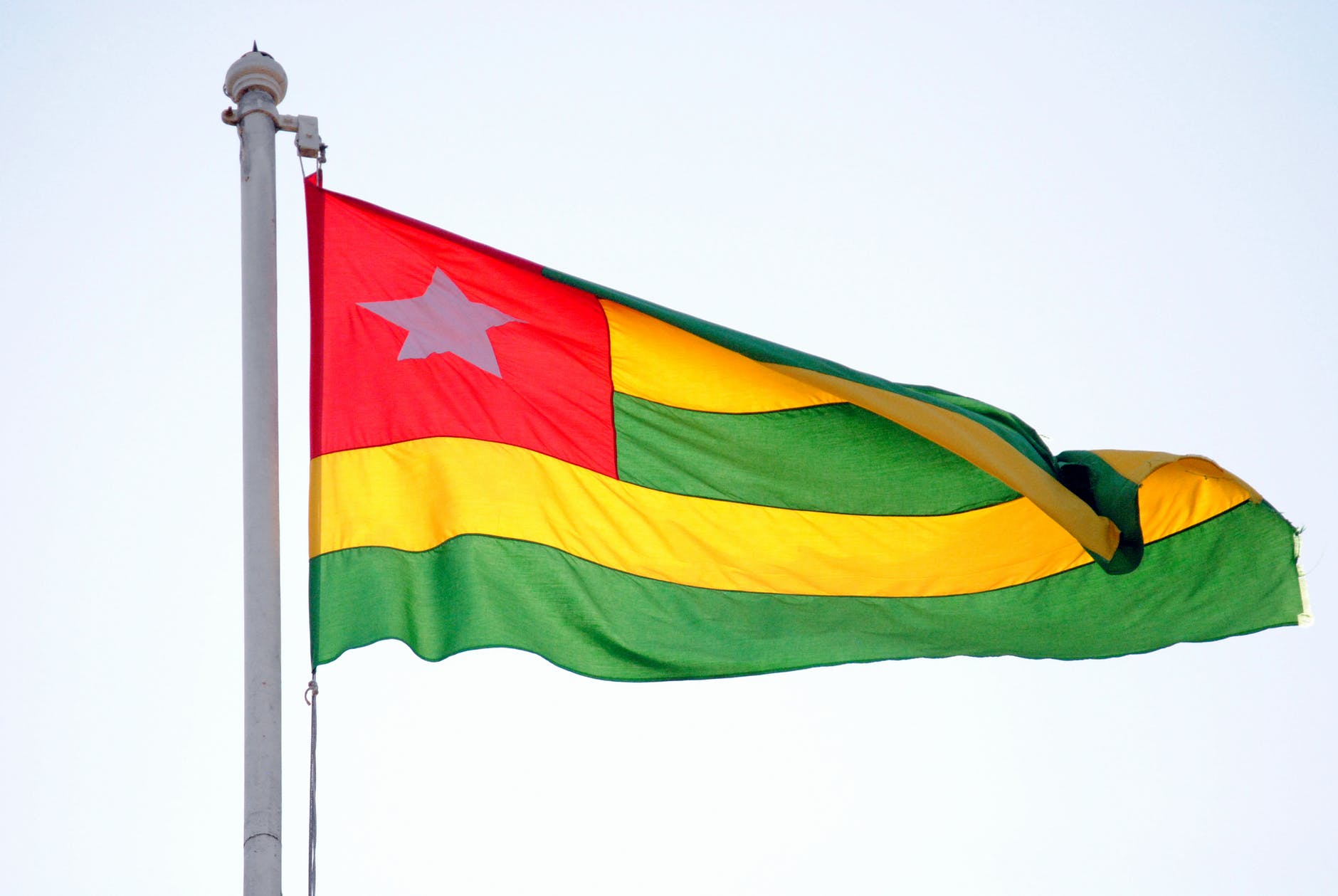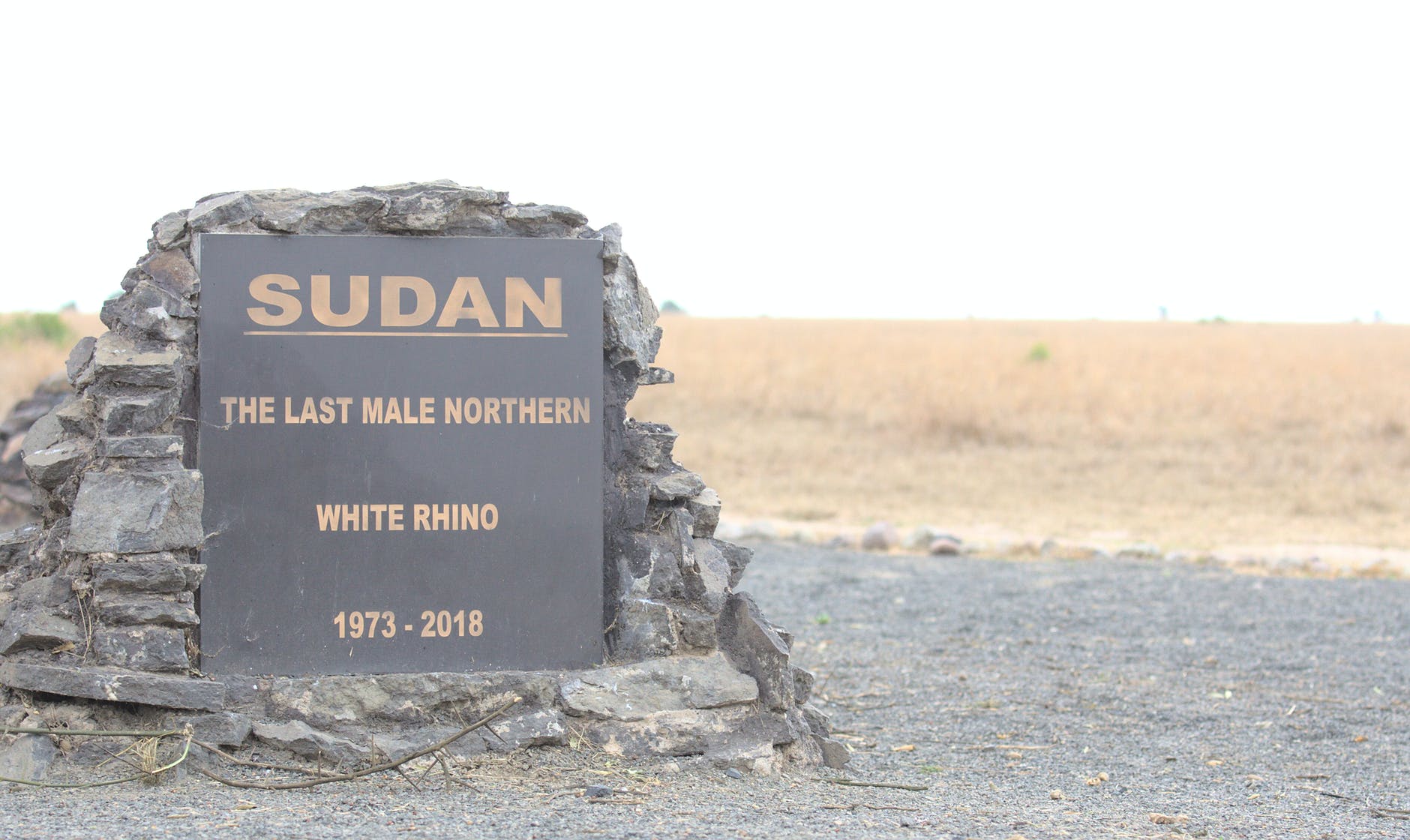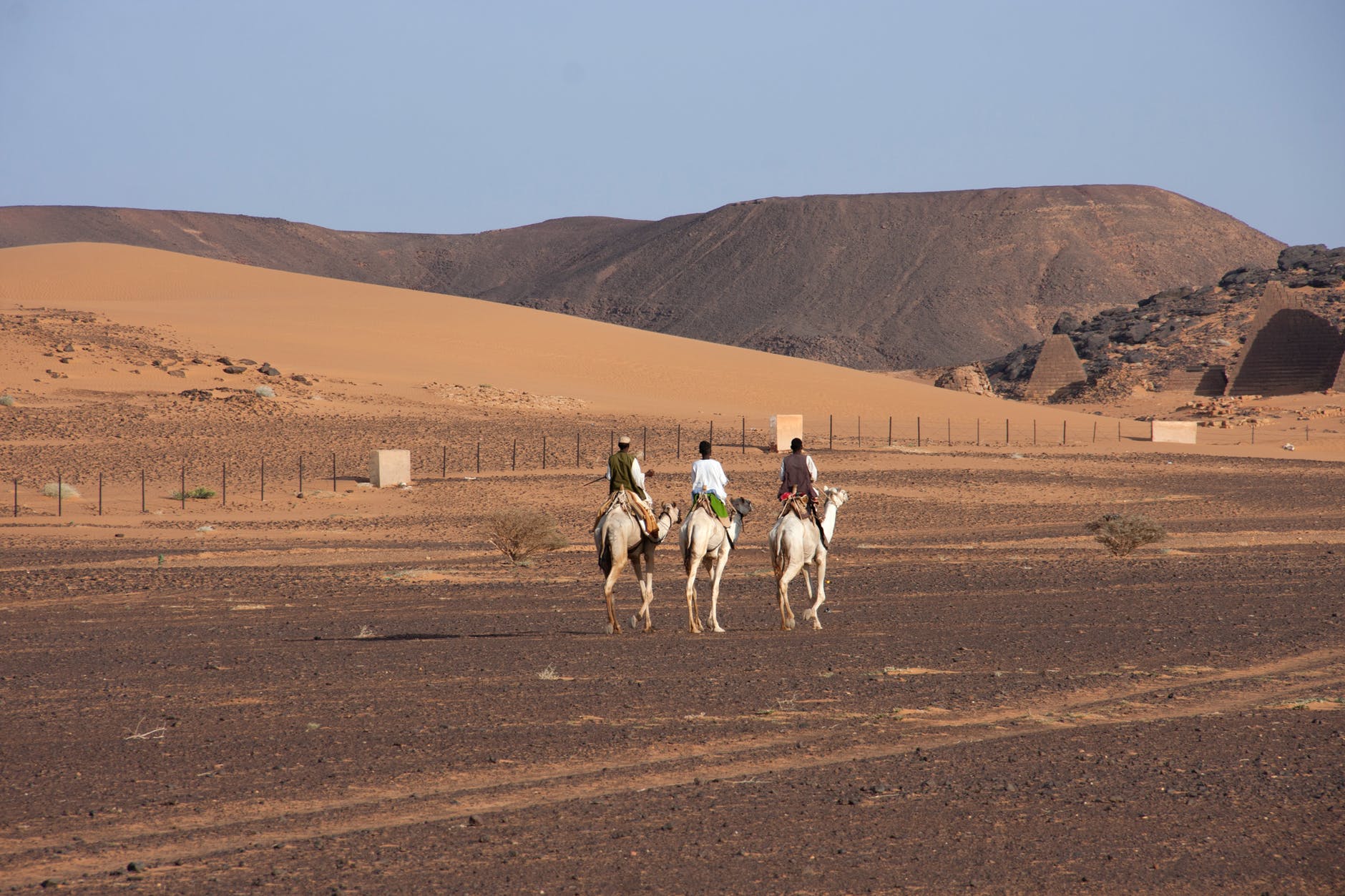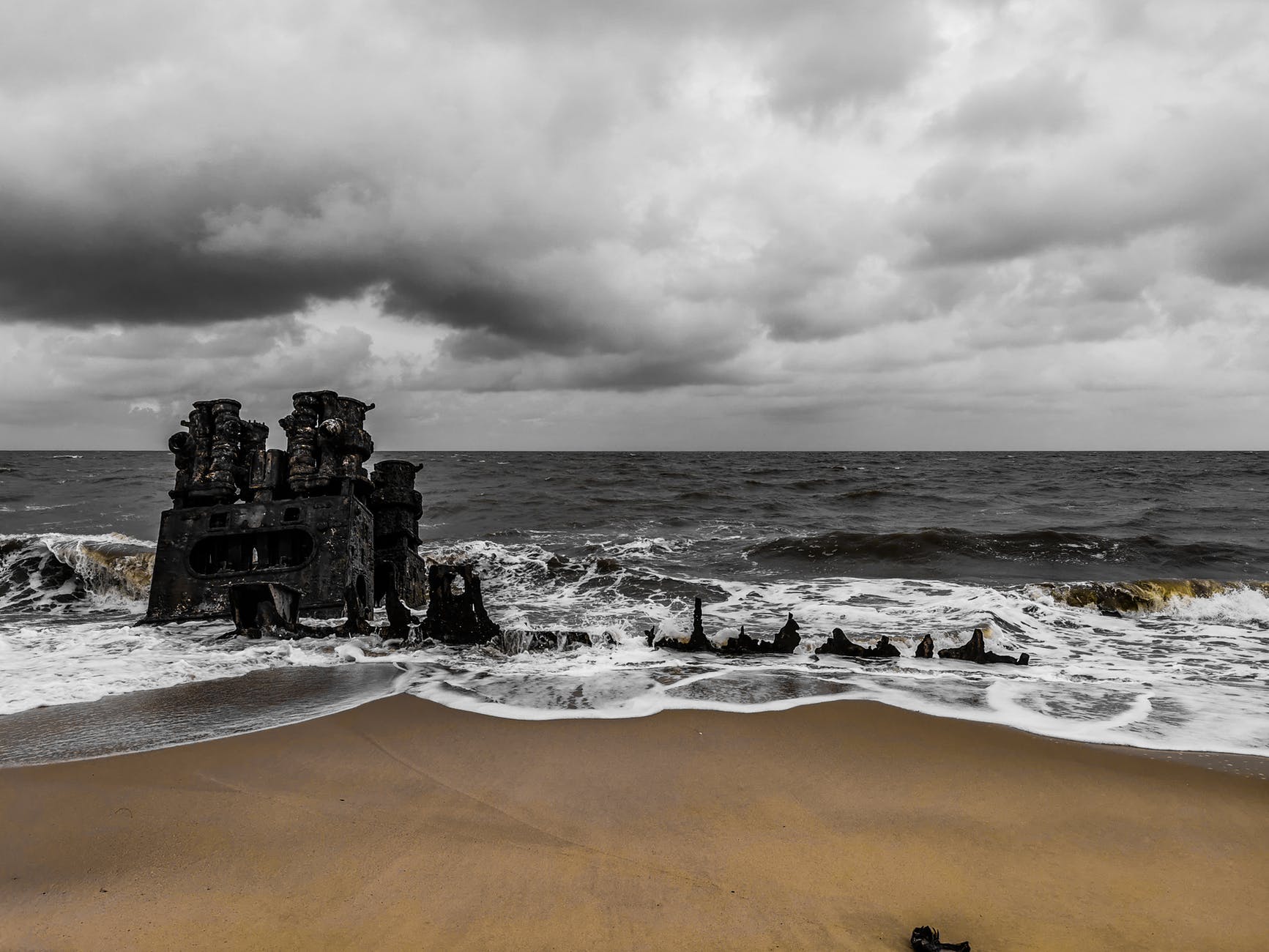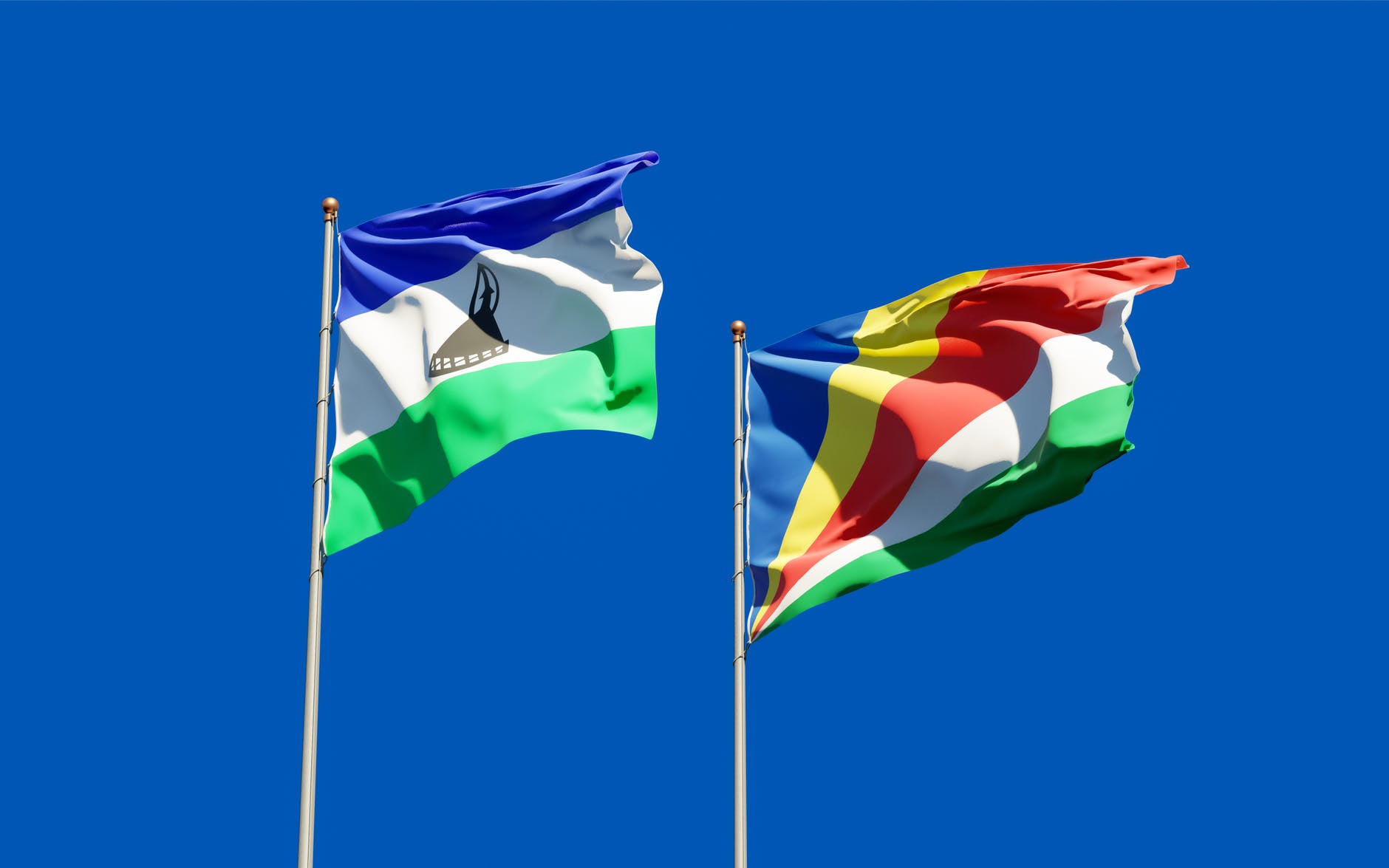We will start our Zambia Travel Tips by talking about this country. Zambia is officially the Republic of Zambia. It is a landlocked republic in south-central Africa. The Zambezi River divides it from Zimbabwe. Zambia also borders with Angola, Botswana, the Democratic Republic of the Congo, Malawi, Mozambique, Namibia, and Tanzania.
This country covers a total area of 752,618 km². The total population of this country is around 16 million. Lusaka is the capital and the biggest city. In recent years, this vast city has experienced something of a revival, with vibrant city markets, a range of luxury restaurants & bars and strong connections throughout the region.
Things to do in Zambia
- Victoria Falls
- Kafue National Park
- Mosi-oa-Tunya National Park
- Liuwa Plain National Park
- North Luangwa National Park
- Kariba Dam
- Kasanka National Park
- Livingstone Museum
- Kalambo Falls
- Batoka Gorge Hydroelectric Power Station
- Busanga Plains
- Ngonye Falls
- Railway Museum
- Munda Wanga Environmental Park
- Chisimba Falls
- Kabwata Cultural Village
Languages
Zambia’s primary & official language is English. However, The most widely spoken are Bantu languages. English is mostly used by the government, business, and education. In this country, there are several regional languages which include Bemba, Nyanja, Tonga, Lozi, Lunda, Kaonde, and Luvale.
Depending on the region, Local languages are also taught at the primary level of the public education system. According to Zambia Travel Tips, The local languages of this nation include Soli, Kwandi, Chikunda, Tumbuka, and Mbunda.
Currency & Banking
The main currency of Zambia is the Zambian kwacha. The currency code is ZMK. Bank issues notes in denomination of 2, 5, 10, 20, 50, 100 kwacha. While Coins come in the denomination of 5, 10, 50 ngwee and 1 kwacha. ATMs are accessible throughout Zambia’s main cities- Lusaka, Livingstone, and others.
Major banks are equipped with ATMs that support cash for Visa Cards. According to Zambia Travel Tips, Visa is accepted with greater ease than MasterCard or American Express. However, It is advisable to carry some cash for emergency situations.
Zambia Tourist Visa
Indian needs a Visa to Travel Zambia.
Documents Required for Zambia Visa
- Valid passport
- 3 Visa Application forms
- 3 photographs
- Covering letter mentioning the purpose and details of travel
- Confirmed hotel booking from a tour operator in Zambia
- Air tickets
- Day To Day itinerary
- Original Yellow Fever Vaccination + Photocopy
- Original personal Bank Statements for the last 6 months
Best Time to Visit
The best time to visit Zambia is from June to August. This is the dry season in this country. Walking safari bush camps in and around South Luangwa is open for six months per year from June to November. However, Please be prepared for high temperatures from September to November in the Lower Zambezi and the Luangwa Valley.
While if you ready for heavy heat, you’ll see an incredible game as animals vie for limited water sources. The rainfall starts in December & ends in March. While most heavy rainfall occurs in January & February.
Other than these months, You may still face the rain. However, the risk of a shower is offset by minimal crowds and great bird watching.
Time Zone
Time zone in Zambia is GMT+2.
Emergency Numbers
- Ambulance 992
- Police 911
- Fire 993
Internet
Internet speed in Zambia is Fast and rates are economical. You can buy SIM cards for your phone from the airport or one of many retailers all over Zambia. All you need is a passport to get the sim card in this country. While MTN, Airtel, Zamtel, Vodafone is the main internet service providers in Zambia.
According to Zambia Travel Tips, the Places with free Wi-Fi connection in this country are airports, restaurants, hotels, and coffeehouses. You will be amazed by the speed of the internet in this country as it is very good.
Electricity
The Default voltage is 230 V and the maximum frequency is 50 Hz. The power plugs and sockets are of form C, D, and G In this region. Type c is also famous as the standard Euro plug. This socket also works with type E and type F. While Type D is mainly popular in India, Sri Lanka, Nepal, and some African countries.
This socket only works with plug D. Whereas, Type G is of British origin. This socket only works with plug G. You can use your electric equipment in this country if the standard voltage in your country is in between 220 240 V. Although it is advisable to carry a travel adapter to stay connected with the world.
Climate
The Climate of Zambia is a tropical and tropical steppe featuring three distinct seasons. The Dry season in this country starts from June to August in this country. Most of the nights are nice and cool and the days are cooler than in the rest of the year. Even if it is still fine with an average temperature of 24 degrees Celsius.
Zambia suddenly becomes a lot warmer from September to mid-November. The mercury then easily exceeds 32 degrees Celsius per day. The sun is shining bright all day during this time. Most precipitation falls in the summer, and the wettest period is at least 10 times as wet as the winter’s driest times.
Reasons to Travel Zambia
- Walking safaris
- Luangwa National Park and other reserves
- Canoeing the Zambezi
- Bush camping
- Victoria Falls
- Rare species & migrations
- A vital tradition
- Remains of the colonial
- Remote wilderness
- wilderness Adventure
- Night-time in the bush
- Urban energy
History
Zambia has a lengthy past. This is when the hunter-gatherer Khoisan people first populated Zambia. While Around 2000 years ago inhabitants of Bantu settled and slowly expelled from the Congo Basin. However, During the 14th century, further refugees arrived from the Congo.
Various scattered communities merged by the 16th century into influential tribes or states, with common domains and dynastic rulers. Portuguese settlers were the first Europeans to come, pursuing routes developed by Swahili-Arab slave traders several centuries earlier.
In 1924 the colony was put under British direct supervision. In 1964, Northern Rhodesia became independent, its name was changed to Zambia.
Packing Tips for Zambia
- Important Documents- passport & Travel map
- Day Bag or Backpack
- Sunglasses and Sun Hat
- Comfortable Clothes
- Breathable tees
- Power Charger
- Travel Adapter
- Insect Protection
- Toiletries
- Shoes
- Accessories
- Tickets and travel documents
- Swimsuit
- Prescription drugs
- Malaria medication
Is it safe to Travel Zambia?
Yes, Overall Zambia is a safe country to travel. The transport system of Zambia is good, You can travel everywhere by bus and taxis. However, Pickpocketing is very common in this country. When handling your valuables you should be highly cautious. Please don’t carry your money in a bag or a pocket.
While Floods in Zambia are mostly triggered by moderate or extreme rains swelling. Scams are also a risk in this country. Tourists are also required to pay fees that are payable to different authorities and organizations in Zambia. Please always rely on receipt from the Government of Zambia before you pay any fee.
While there is no risk of terrorism in this country. It is generally a safe country for Solo Women Travelers but not at night. Please avoid wearing purses and going anywhere after dark. You Should not walk alone or ride in taxis at night. Muggings, robberies, rapes, and kidnappings are nearly not existing in this country.
Conclusion
However, If you need more information about Zambia Travel Tips ??? Call us at +918860284198 or contact us at [email protected].
FAQs
Good Things about Zambia?
1. Homeland to the Big Five 2. Victoria Falls 3. Lake Kariba
Bad Things about Zambia?
1. Corruption 2. Bad healthcare 3. Poverty
Weird Things about Zambia?
1. Locally name of Victoria Falls is Mosi-oa-Tunya. 2. Totally landlocked Nation. 3. Roads are better than other African nations.
Zambia Travel Restrictions?
You need to do a Covid 19 test with 14 day of travel & no quarantine Period required.
How many states in Zambia?
There are 10 states(provinces) in Zambia.

